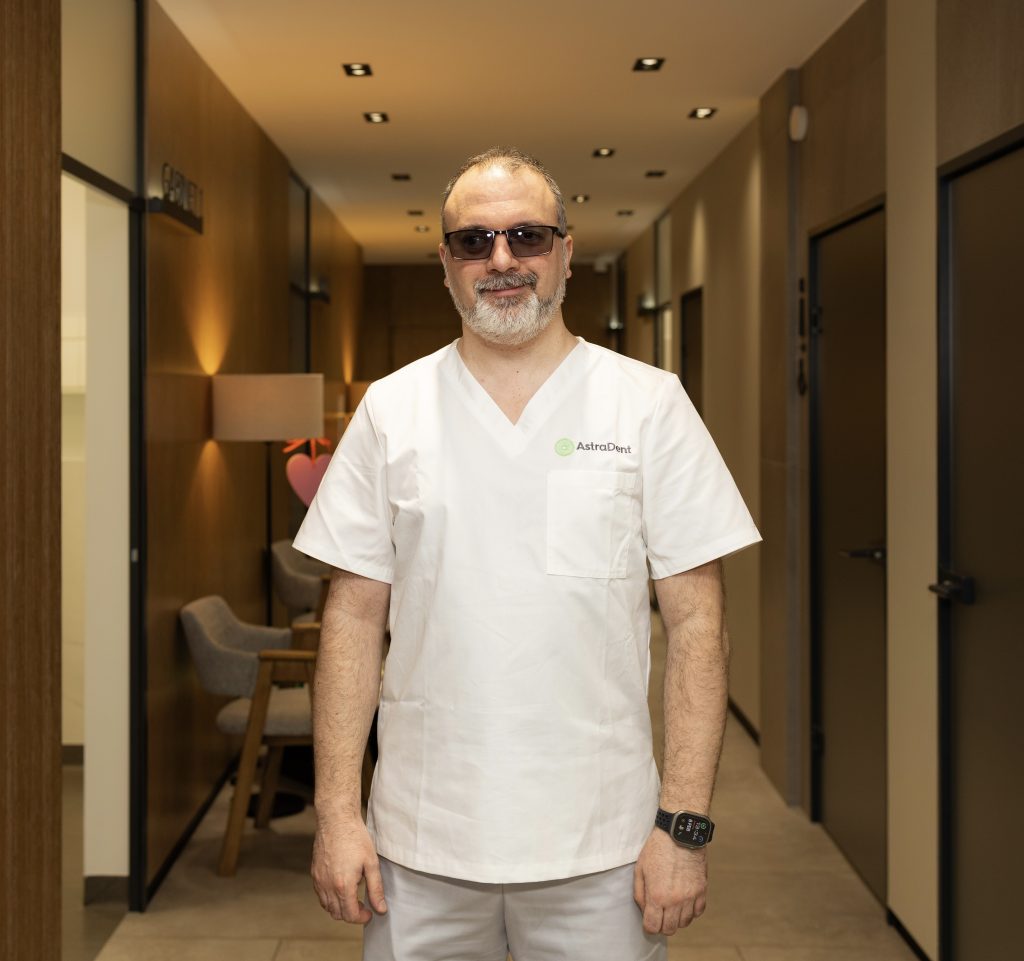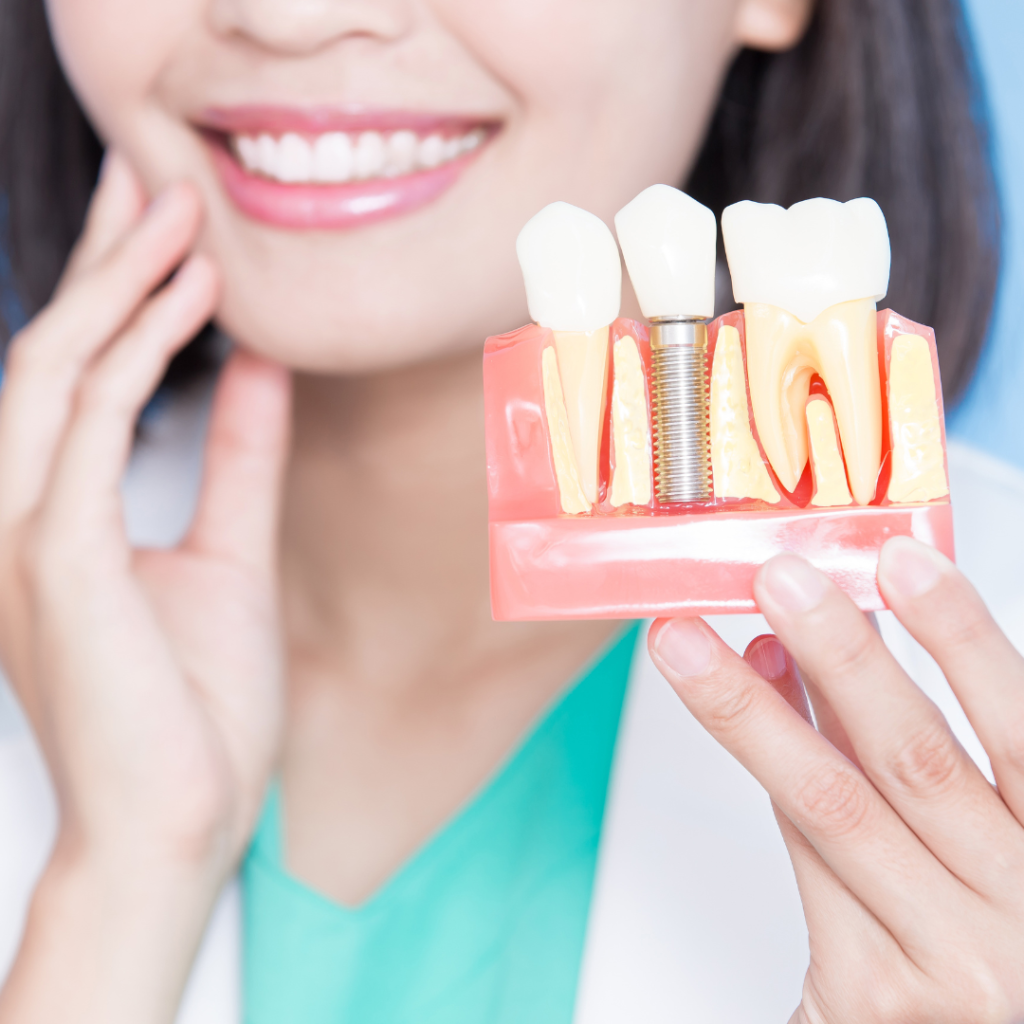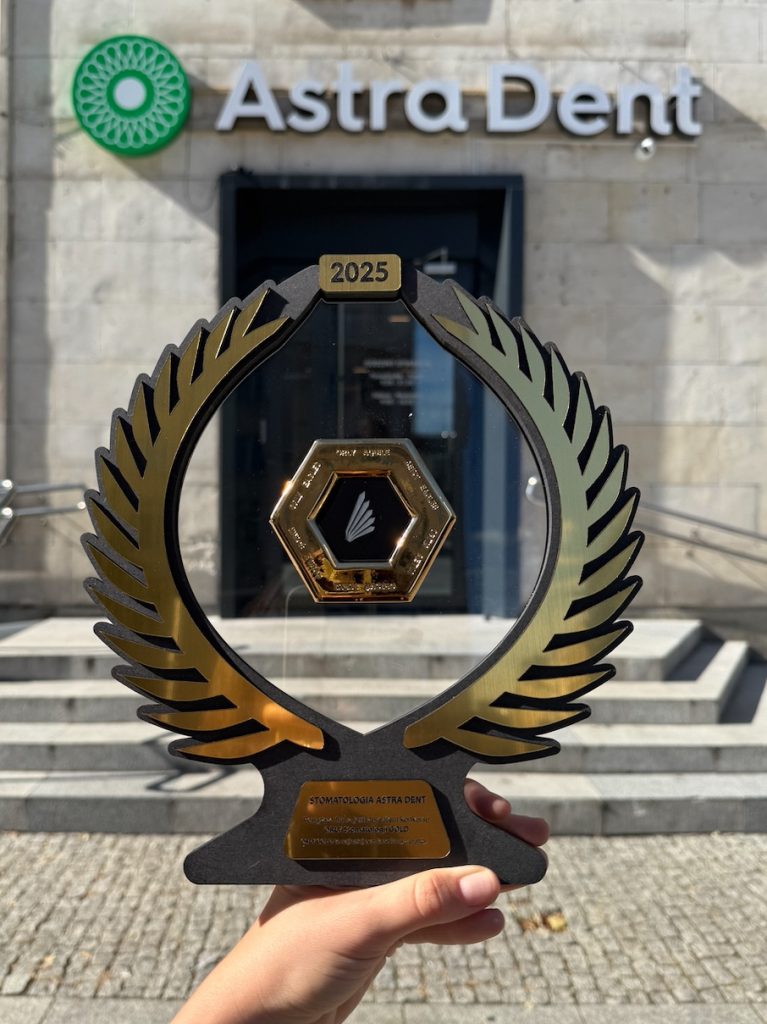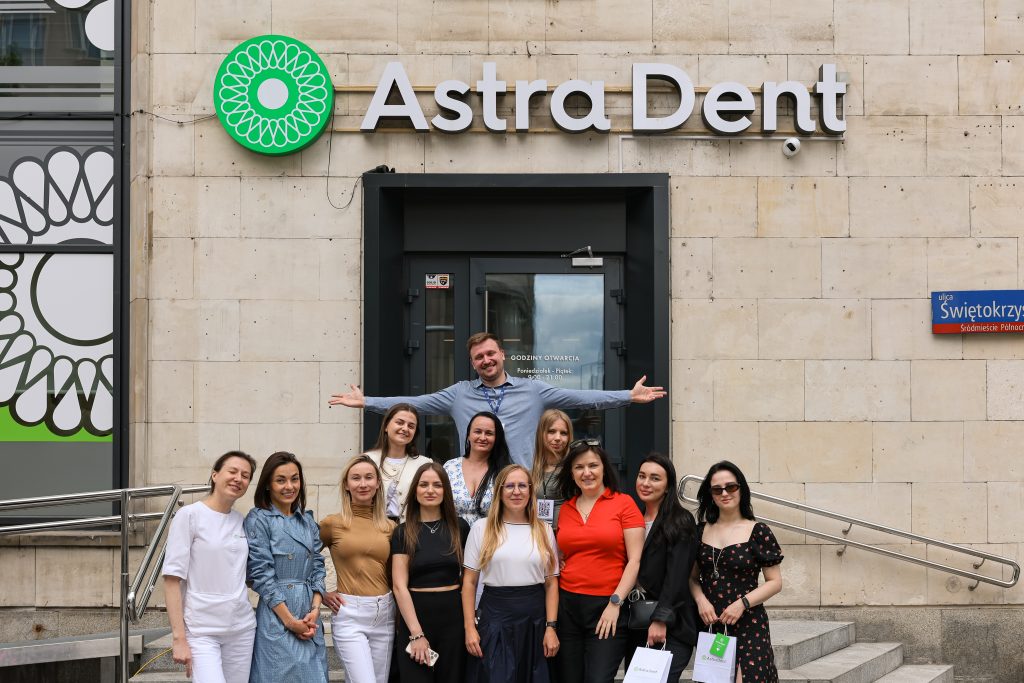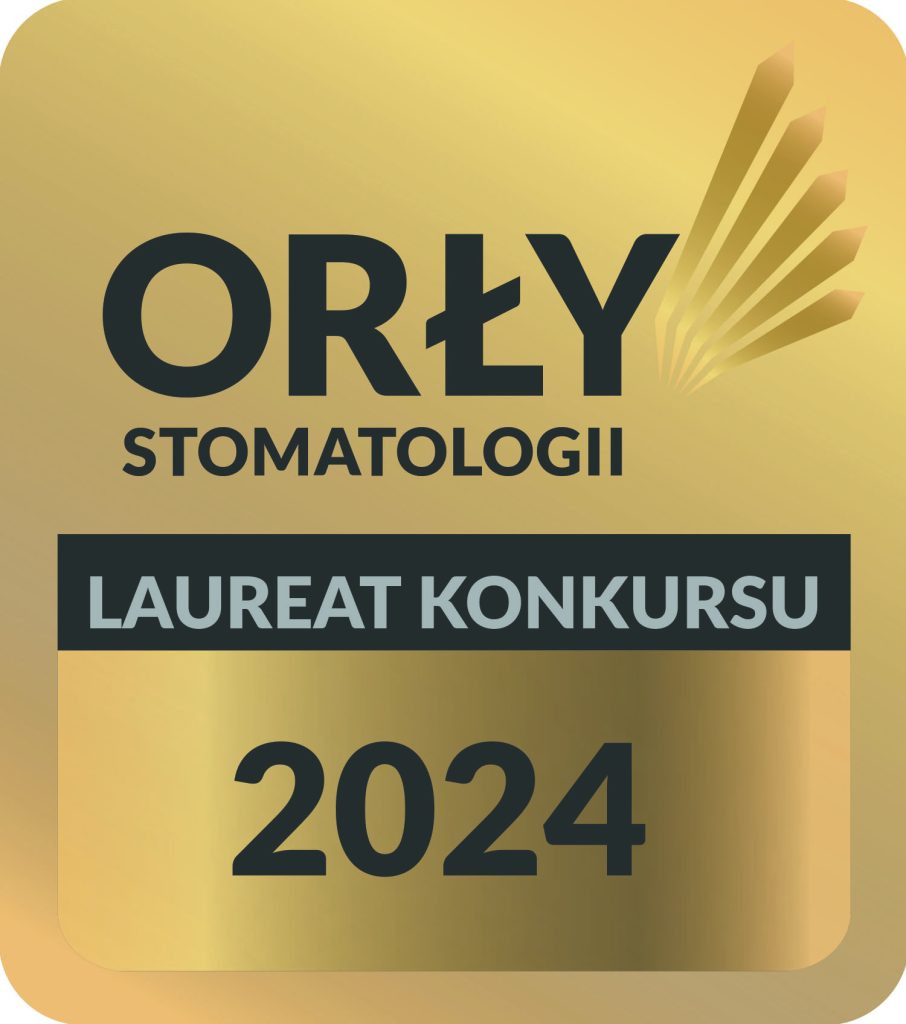Consultation with a gnathologist in Warsaw — find the cause of jaw pain and eliminate it
Clicking in the jaw, discomfort while chewing, a feeling of tension – symptoms that are often ignored. The patient gets used to them for years, not suspecting that the basis may be a dysfunction of the temporomandibular joint (TMJ). Even the initial dysfunction of the TMJ leads to an imbalance of the chewing muscles, tooth overload, chronic pain in the temporomandibular region and facial asymmetry. If you do not intervene at this stage, the body will begin to adapt to the disorder: the bite will change, compensatory tension will arise in the neck and shoulders, the risk of enamel abrasion and tooth loss will increase.
A gnathologist is a doctor who diagnoses and treats functional disorders of the TMJ, chewing muscles and bite. They assess the position of the articular head, the symmetry of muscle tone, the coordination of jaw movements and the interaction of the dentition in movement. A consultation at Astra Dent involves modern digital diagnostics: computed tomography, condylography, analysis of jaw movements using an articulator. Based on the data, a personalized treatment plan is drawn up, which may include splint therapy, orthopedic bite correction, physiotherapy procedures and myofunctional training.
Why do patients choose Astra Dent Warsaw for a gnathologist consultation?
Treatment of TMJ dysfunction requires an interdisciplinary approach and thorough diagnosis. Astra Dent patients can count on a comprehensive solution taking into account the bite, muscle balance, joint position and the general condition of the dento-maxillary system.
Advantages of a gnathologist consultation at Astra Dent Warsaw:
- Experienced specialists. The reception is conducted by specialists with 20 years of clinical practice who have been trained according to European TMJ treatment protocols.
- Modern equipment. Digital devices are used to analyze joint movement, computerized bite diagnostics, CT scanners and articulators, which allow modeling the work of the jaws in dynamics.
- Comprehensive approach: gnathology + orthodontics + therapy + implantation. In complex cases, the patient is simultaneously accompanied by a team of narrowly specialized specialists — from an orthodontist to an implant surgeon.
- Creation of an individual splint. After the examination, the gnathologist makes a special splint taking into account the diagnosis, the position of the articular head, bite and muscle tone.
- Ukrainian-speaking team and convenient location. Astra Dent employs doctors and assistants who speak Ukrainian, which guarantees understanding of complaints, comfort during the examination and a clear explanation of the diagnosis. The center is located in Warsaw near transport hubs, and can be reached by public transport or by car.
Each stage of treatment is carried out in one place, without referring to other medical institutions, which reduces the risk of errors and increases the effectiveness of therapy.
Symptoms that should prompt a visit to a gnathologist
Disorders of the temporomandibular joint are often mistakenly associated with problems with the ears, teeth or nervous system. If discomfort occurs regularly or intensifies over time, this is a reason to consult a gnathologist. Do not postpone a visit to a specialist if the following symptoms appear:
- Pain in the jaw or ear. It may be aching, pressing or shooting in nature, and may worsen when chewing or pressing on the joint area.
- Clicking, crunching when opening the mouth. Sounds in the joint occur due to incorrect position of the disc or muscle overstrain. These are the first signs of displacement, which over time may become irreversible.
- Teeth grinding (bruxism). Uncontrolled jaw clenching at night indicates muscle imbalance and joint overload, which results in microcracks, enamel abrasion and pain in the neck area.
- Frequent headaches, neck pain. If the pain is not associated with blood pressure or osteochondrosis, the cause is muscle overstrain associated with the incorrect position of the jaws.
- Inability to open the mouth wide. Limited opening amplitude may be due to disc blockage, joint inflammation or reflex spasm of the masticatory muscles.
- Feeling of “uneven” bite. After sleeping and while chewing, it seems that the teeth are closing differently than before.
- Tooth wear. Accelerated thinning of enamel, exposure of dentin and sensitivity to temperature are the result of bruxism or excessive pressure due to incorrect bite.
A timely consultation at Astra Dent allows you to determine the source of symptoms using digital diagnostics, without guesswork and incorrect prescriptions. Even one of the listed symptoms may be a sign of a functional disorder, which is better to stop before irreversible changes occur.
Why is it important not to ignore symptoms?
TMJ disorders affect the facial muscles, spine, posture and general condition of the patient. The problem does not disappear on its own, but only disguises itself as other pathologies, causing:
- Pain. It becomes chronic, localized in the jaws, temples, ears, or neck and is often accompanied by migraines.
- Restriction of movements. The mouth begins to open by 25-30 mm, which makes it difficult to eat properly and causes spasm.
- Chewing disorders. The jaws close incorrectly, which reduces the efficiency of chewing and in its turn increases the load on the gastrointestinal tract.
- Headaches. They arise due to overstrain of the chewing muscles and compression of the nerves — often mistakenly diagnosed as neuralgia or migraine.
- Depressive states. Constant pain, limited mobility and problems with eating reduce the quality of life, provoke anxiety and apathy.
The sooner you contact a gnathologist, the easier it will be to solve the problem. In the early stages, splint therapy and load correction without complex orthopedic interventions are sufficient. Delay complicates diagnosis, prolongs therapy and requires the involvement of several specialists.
Consultation with a gnathologist is critically important before orthodontic treatment or implantation. If the position of the joint is unstable or the muscles work asymmetrically, any intervention will be inaccurate or short-term. Astra Dent specialists perform diagnostics before the start of manipulations to guarantee a long-term result and eliminate the risk of rework.
What is a consultation with a gnathologist at Astra Dent Warsaw like?
The initial appointment with a gnathologist is not a conversation, but a structured clinical process, the purpose of which is to identify functional relationships between the joint, bite, muscles and the jaw apparatus as a whole. Examinations at Astra Dent are performed using digital technology and high-precision equipment. For the patient, this means an accurate diagnosis, personalized treatment without guesswork and fewer interventions in the future.
Examination and palpation of the maxillofacial area
The first clinical stage involves a thorough manual and visual analysis of the position of the jaws, the condition of the joint and muscle balance. The gnathologist assesses local sensitivity in the TMJ area, the condition of the ligamentous apparatus, the mobility of the lower jaw, the interaction of the masticatory muscles with the cervical segment.
What is included in the clinical examination and palpation:
- Visual assessment of the face and the lower third of the profile. The symmetry of the muscles, the position of the angle of the lower jaw, the presence of hypertonicity in the masticatory and temporal muscles are analyzed.
- Checking the amplitude of mouth opening. The interincisal distance is measured in millimeters (normally it is 35-50 mm). Smaller values indicate a disc block or contracture.
- Palpation of the TMJ area. It is performed when opening and closing the mouth. The doctor records the presence of clicks, crunching, rotational deviation of the joint head.
- Assessment of jaw movements. A displacement of more than 2-3 mm from the central axis indicates instability in the joint pair.
- Palpation of the masticatory muscles. Special attention is paid to areas of painful seals that provoke pain in the temples, neck and ear.
- Functional teeth closure test. It is determined whether there are premature contacts that can cause compensatory displacement of the jaws and muscle overstrain.
The assessment takes 10-15 minutes and is a basic step for forming a preliminary diagnosis. Already at this stage, the gnathologist may suspect the presence of dysfunction, disc dislocation or arthropathy — inflammatory or degenerative damage to the articular surfaces.
Bite analysis
The bite is assessed as a dynamic system, taking into account the work of muscles, joints and tooth surfaces at rest and during chewing. For this, mechanical and digital methods are used that record the force and area of contact of each tooth:
- Checking the central occlusion. The patient is asked to close the teeth several times without effort to determine the initial point of contact and check its symmetry.
- Detection of premature contacts. Using indicator paper or thin staining material, the doctor identifies those teeth that are the first to come into contact. They become the source of load and provoke jaw displacement.
- Assessment of chewing loads. Wax rollers or sensor films are used to show which areas are under the main pressure during closure.
- Lateral movement testing. The jaws are moved left and right with closure control to see if there is pathological abrasion, blocking or “skipping” between the teeth.
- Analysis of occlusal stability. The doctor determines whether the contact remains uniform when changing the position of the head and when opening slightly.
The results of the analysis allow the gnathologist to detect functional disorders that cannot be recorded during a routine examination.
Photo protocol
Photo fixation is a mandatory stage of gnathological examination, which allows documenting the condition of the maxillofacial area before treatment. Images are used to compare results in dynamics and assess the anatomical features of the patient during functional load:
- Frontal and lateral photos of the face. Muscle symmetry, chin position, jaw arch contours and overall proportions are recorded.
- Photos with the mouth open and closed. They allow us to assess the amplitude of opening, the position of the lower jaw, the work of the joints in motion.
- Photos of the smile and dentition. Skews, displacement of the central line, the shape of the arch and the nature of the contact between the teeth are detected.
- Photos in a sitting and standing position. The influence of posture on the position of the jaws and muscle tone is assessed.
The obtained images are added to the patient’s medical record, analyzed together with CT scans, articulation models and bite tests.
Making diagnostic models
Jaw models help the gnathologist analyze the spatial relationships of the dentition at rest, in occlusion, and in motion. They are used for precise planning of individual treatment.
How models are made:
- Impressions or digital scanning. The method is chosen depending on the clinical situation: the digital version is faster and more accurate, and the classic one is more affordable.
- Fixation of the central occlusion. The doctor receives wax keys or data on the position of the jaws in central occlusion.
- Transfer of the models to the laboratory. The made impressions or digital files are transferred to the dental technician for further analysis.
- Mounting the models in the articulator. The doctor models the movements of the jaws and checks how the teeth close in different positions.
Models are needed in cases of complex occlusion pathology, during the manufacture of a splint, for the design of orthodontic or orthopedic treatment. They allow us to avoid errors in determining contacts and reduce the number of corrections during the therapy process.
Referral for CT or MRI
If there is a suspicion of structural changes in the joint (disc perforation, arthritis, displacement), the patient is referred for computed tomography or magnetic resonance diagnostics. The images allow assessing the condition of bone structures, articular disc, muscles and periarticular tissues with high accuracy. Based on the results, the gnathologist decides on the treatment tactics — conservative or involving related specialists.
Further treatment plan
After completing the examination, the doctor forms a well-founded therapy regimen. It depends on the nature of the disorder, the stage of joint damage, the features of the bite and muscle balance.
The main areas of therapy:
- Splint therapy. An individually made splint (day or night) stabilizes the position of the jaws, relieves the joint, reduces muscle tension and prevents tooth abrasion during bruxism.
- Orthodontic correction. It is performed with a stable joint position. Braces or mouthguards are used to correct the bite.
- Physiotherapy. Ultrasound, magnetotherapy, muscle electrical stimulation and manual techniques are used to relieve inflammation, improve blood circulation and restore mobility.
- Orthopedic intervention. If necessary, teeth grinding is performed to eliminate premature contacts or to make restorations that level the load.
In most cases, the treatment is staged: first the joint is stabilized, then the bite and position of the teeth are corrected. Each clinical case is considered multidisciplinary, taking into account related pathologies, the patient’s history and long-term stability of the result. Thanks to this, Astra Dent specialists restore full function of the temporomandibular joint and improve the quality of life.
How to make an appointment at Astra Dent Warsaw?
To solve the problem of jaw pain or a malocclusion, it is enough to contact a specialist. Astra Dent in Warsaw employs gnathologists who conduct accurate diagnostics and draw up an individual treatment plan based on digital techniques.
You can contact the medical center in several ways:
- phone: +48 533 599 552;
- e-mail: info@astradent.pl;
- form on the website: leave a request on the official website.
Astra Dent’s working hours are convenient for patients with different daily routines: on weekdays – from 9:00 to 20:00, on weekends – from 9:00 to 18:00. Free slots for registration are updated daily, so the consultation takes place without delay.
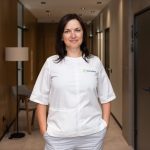
Last update:
04 December 2025, 14:53
